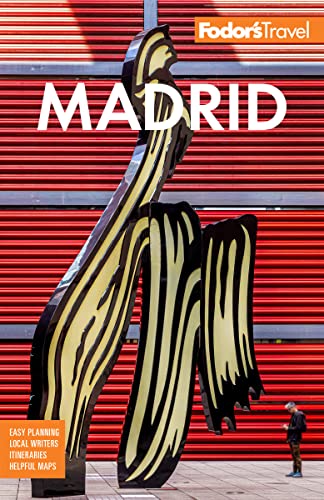Eating and Drinking Well in Andalusia
Andalusian cuisine, as diverse as the geography of seacoast, farmland, and mountains, is held together by its Moorish aromas. Cumin seed and other Arabian spices, along with salty-sweet combinations, are ubiquitous.
The eight Andalusian provinces cover a wide geographical and culinary spectrum. Superb seafood is center stage in Cádiz, Puerto de Santa María, and Sanlúcar de Barrameda. Jamón ibérico de bellota (Iberian acorn-fed ham) and other Iberian pork products rule from the Sierra de Aracena in Huelva to the Pedroches Mountains north of Córdoba. In Seville look for products from the Guadalquivir estuary, the Sierra, and the rich Campiña farmland all prepared with great creativity. In Córdoba try salmorejo cordobés (a thick gazpacho), rabo de toro (oxtail stew), or representatives of the salty-sweet legacy from Córdoba's Moorish heritage such as cordero con miel (lamb with honey). Spicy crema de almendras (almond soup) is a Granada favorite along with habas con jamón (broad beans with ham) from the Alpujarran village of Trevélez.
Sherry
Dry sherry from Jerez de la Frontera (fino) and from Sanlúcar de Barrameda (manzanilla), share honors as favorite tapas accompaniments. Manzanilla, the more popular choice, is fresher and more delicate, with a slight marine tang. Both are the preferred drinks at Andalusian ferias (fairs), particularly in Seville in April and Jerez de la Frontera in May.
Cold vegetable soups
Spain's most popular contribution to world gastronomy after paella may well be gazpacho, a simple peasant soup served cold and filled with scraps and garden ingredients. Tomatoes, cucumber, garlic, oil, bread, and chopped peppers are the ingredients, and side plates of chopped onion, peppers, garlic, tomatoes, and croutons accompany, to be added to taste. Salmorejo cordobés, a thicker cold vegetable soup with the same ingredients but a different consistency, is used to accompany tapas.
Moorish flavors
Andalusia's 781-year sojourn at the heart of Al-Andalus, the Moorish empire on the Iberian Peninsula, left as many tastes and aromas as mosques and fortresses. Cumin-laced boquerones en adobo (marinated anchovies) or the salty-sweet cordero con miel are two examples, along with coriander-spiked espinacas con garbanzos (spinach with garbanzo beans) and perdiz con dátiles y almendras (partridge stewed with dates and almonds). Desserts especially reflect the Moorish legacy in morsels such as pestiños, cylinders or twists of fried dough in anise-honey syrup.
Fried fish
Andalusia is famous for its fried fish, from pescaito frito (fried whitebait) to calamares fritos (fried squid rings). Andalusians are masters of deep-frying techniques using very hot olive and vegetable oils that produce peerlessly crisp, dry frituras (fried seafood); much of Andalusia's finest tapas repertory is known for being served up piping hot and crunchy. Look for tortillita de camarones, a delicate lacework of tiny fried shrimp.
Stews
Guisos are combinations of vegetables, with or without meat, cooked slowly over low heat. Rabo de toro is a favorite throughout Andalusia, though Córdoba claims the origin of this dark and delicious stew made from the tail of a fighting bull. The segments of tail are cleaned, browned, and set aside before leeks, onions, carrots, garlic, and bay leaves are stewed in the same pan. Cloves, salt, pepper, a liter of wine, and a half liter of beef broth are added to the stew with the meat, and they’re all simmered for two to three hours until the meat is falling off the bone and thoroughly tenderized. Alboronía, also known as pisto andaluz, is a traditional stew of eggplant, bell peppers, and zucchini.





